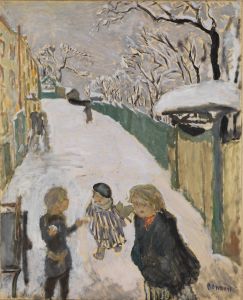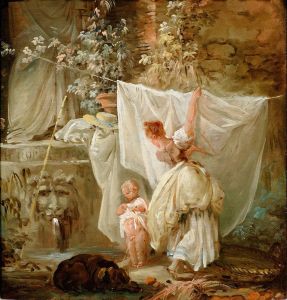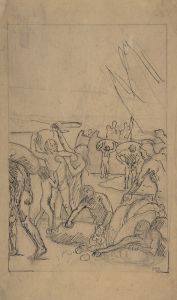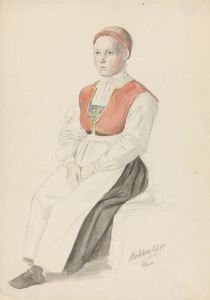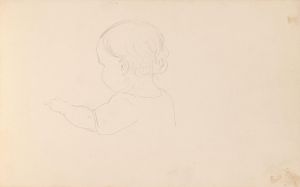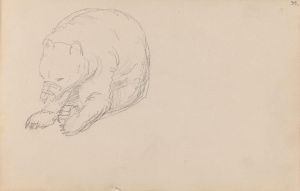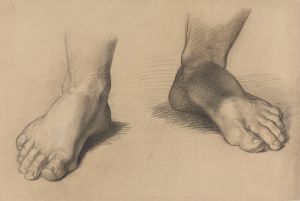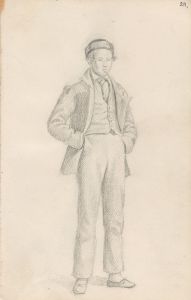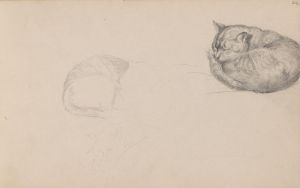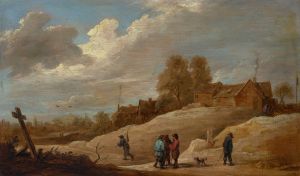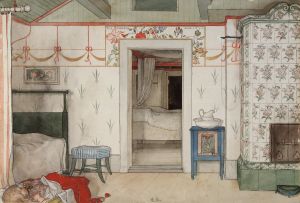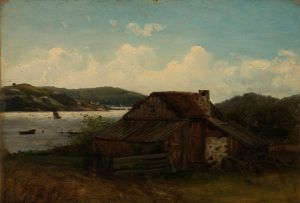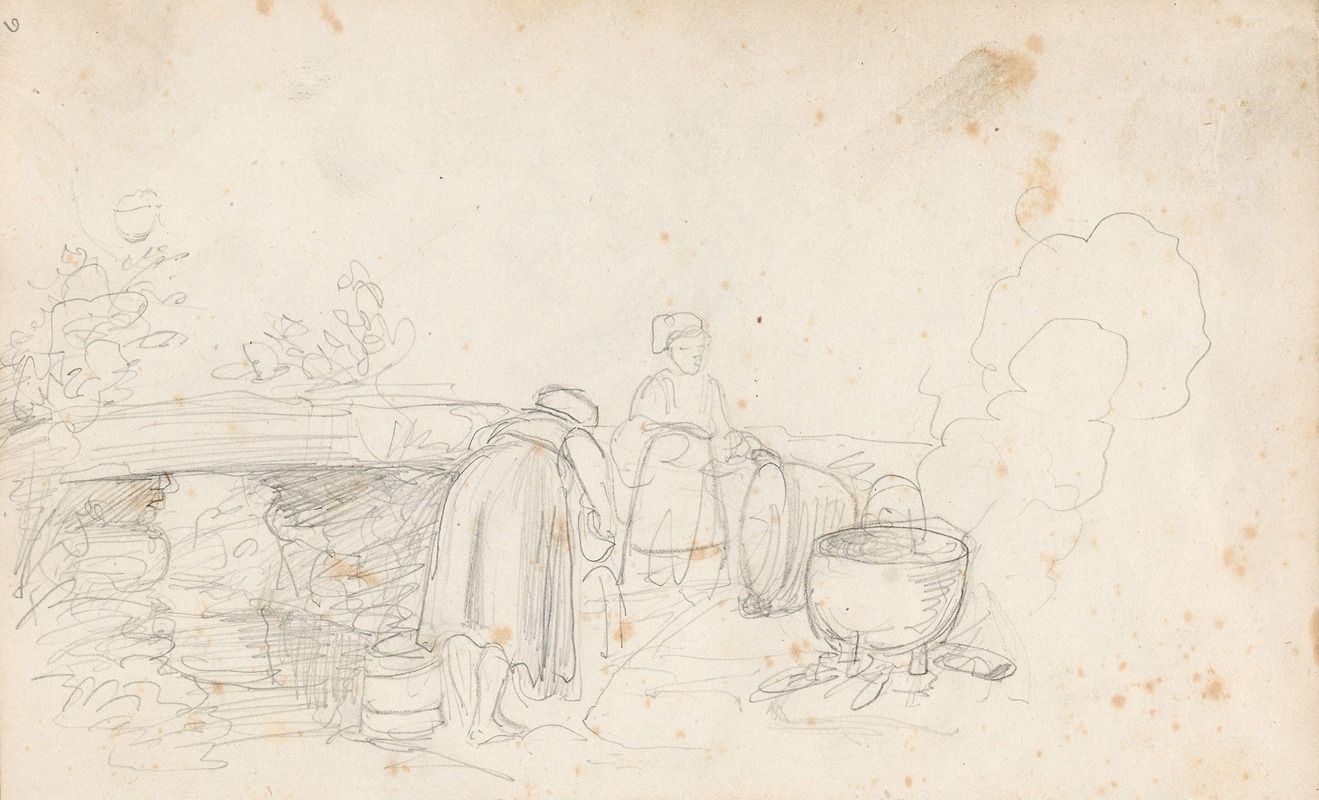
Klesvask i elven
A hand-painted replica of Adolph Tidemand’s masterpiece Klesvask i elven, meticulously crafted by professional artists to capture the true essence of the original. Each piece is created with museum-quality canvas and rare mineral pigments, carefully painted by experienced artists with delicate brushstrokes and rich, layered colors to perfectly recreate the texture of the original artwork. Unlike machine-printed reproductions, this hand-painted version brings the painting to life, infused with the artist’s emotions and skill in every stroke. Whether for personal collection or home decoration, it instantly elevates the artistic atmosphere of any space.
Adolph Tidemand (1814-1876) was a prominent Norwegian romanticist painter, known for his detailed and evocative depictions of Norwegian rural life and folk culture. One of his notable works is "Klesvask i elven" (translated as "Washing Clothes in the River"), which captures a quintessential scene of everyday life in 19th-century Norway.
"Klesvask i elven" portrays a group of women engaged in the communal activity of washing clothes by a river. This painting is characteristic of Tidemand's style, which often focused on the traditions and daily activities of Norwegian peasants. His works are celebrated for their ethnographic accuracy and their ability to convey the cultural and social aspects of Norwegian life during his time.
In "Klesvask i elven," Tidemand's attention to detail is evident in the realistic depiction of the women's clothing, the natural setting, and the interaction between the figures. The painting captures the serene yet industrious atmosphere of the scene, with the women absorbed in their task, surrounded by the lush, natural beauty of the Norwegian landscape. The river, with its clear, flowing water, serves as both a practical resource and a picturesque element within the composition.
Tidemand's interest in Norwegian folk culture was influenced by the national romantic movement, which sought to celebrate and preserve the unique cultural heritage of Norway. This movement emerged in the 19th century as a response to the country's growing sense of national identity and independence. Tidemand, along with his contemporary Hans Gude, played a significant role in this movement through their collaborative works and individual contributions.
The artist's meticulous approach to his subjects often involved extensive fieldwork, where he would travel to rural areas to observe and sketch the daily lives of the people. This dedication to authenticity is reflected in "Klesvask i elven," where the scene is rendered with a sense of immediacy and intimacy, inviting viewers to appreciate the simplicity and dignity of the women's labor.
Adolph Tidemand's works, including "Klesvask i elven," are housed in various museums and collections, with many of his paintings being part of the National Museum of Art, Architecture and Design in Oslo, Norway. His legacy endures as a vital record of Norwegian cultural history and as a testament to the artistic achievements of the 19th century.
In summary, "Klesvask i elven" by Adolph Tidemand is a significant work that exemplifies the artist's commitment to depicting the everyday lives and traditions of Norwegian rural communities. Through his detailed and heartfelt portrayal of this simple yet meaningful activity, Tidemand provides a window into the cultural fabric of 19th-century Norway, making his work an invaluable part of the country's artistic heritage.





